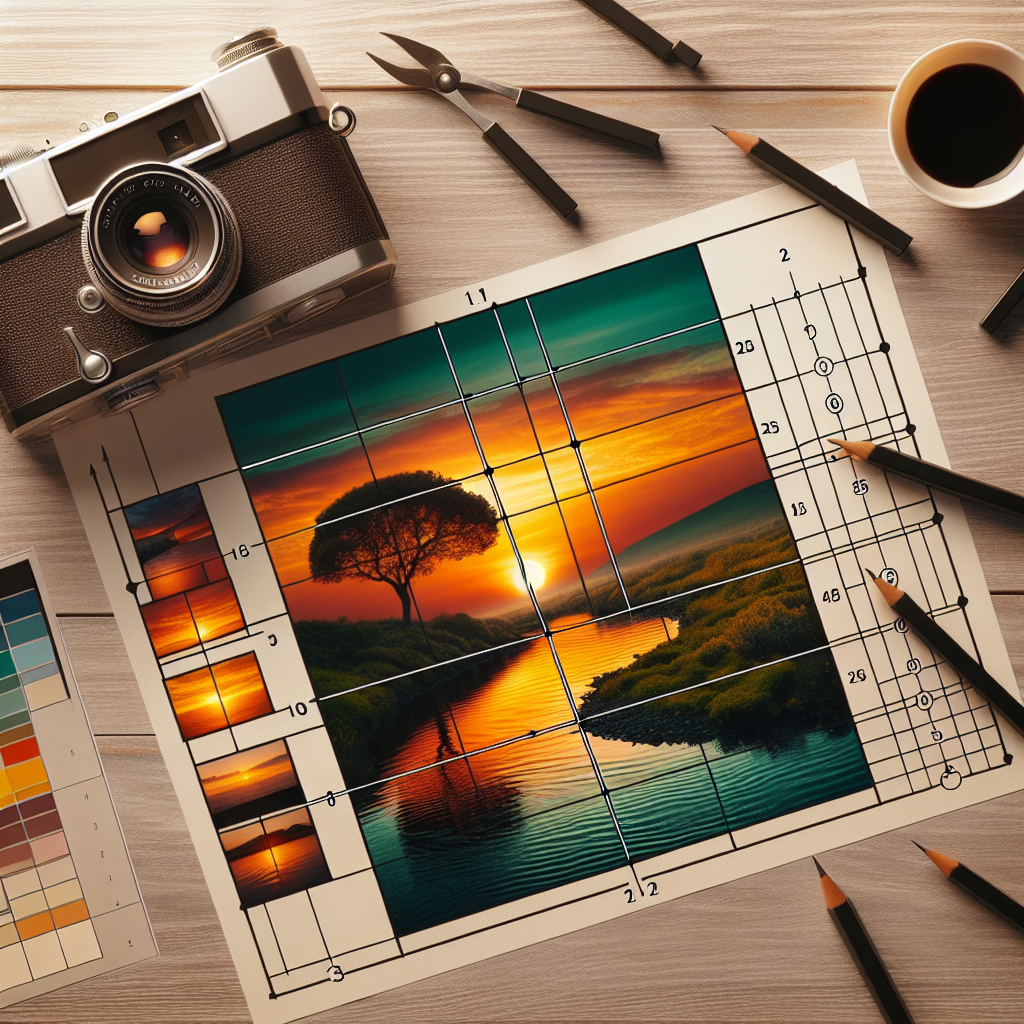
Balance in Composition
Balance in photography refers to the distribution of visual weight within a frame. Achieving balance is important as it helps create a sense of harmony and stability in an image. There are two types of balance - symmetrical balance, where elements are evenly distributed, and asymmetrical balance, where different elements are used to balance each other out.
Harmony in Composition
Harmony in photography is the pleasing arrangement of elements within a frame. It involves creating a visual balance that is aesthetically pleasing to the viewer. Achieving harmony can be done through color, texture, and pattern, as well as the positioning of elements within the frame.
Rules of Thirds
The rule of thirds is a fundamental principle of composition in photography. The frame is divided into nine equal parts by two horizontal and two vertical lines, creating a grid. Placing key elements along these lines or at the points where they intersect can create a more dynamic and visually appealing composition.
Leading Lines
Leading lines are lines within an image that lead the viewer's eye to a specific focal point. They can be actual lines in the scene or implied lines created by the arrangement of elements. Utilizing leading lines can help guide the viewer's gaze through the image and create a sense of depth and movement.
Framing in Composition
Framing involves using elements within the scene to frame the main subject. This can create a sense of depth and draw attention to the subject. Common framing elements include arches, windows, doorways, and natural elements like branches or foliage.
Perspective in Composition
Perspective refers to the way objects appear in a photograph based on their relative size, position, and distance from the camera. By changing perspective, photographers can alter the way viewers perceive the subject and the overall composition of the image. Different perspectives, such as bird's eye view or worm's eye view, can add interest and uniqueness to a photograph.
References
For further reading on composition in photography, check out the following resources:
1. National Geographic Photography Guide: Composition Tips
2. The Art of Photography: Understanding Composition
.







